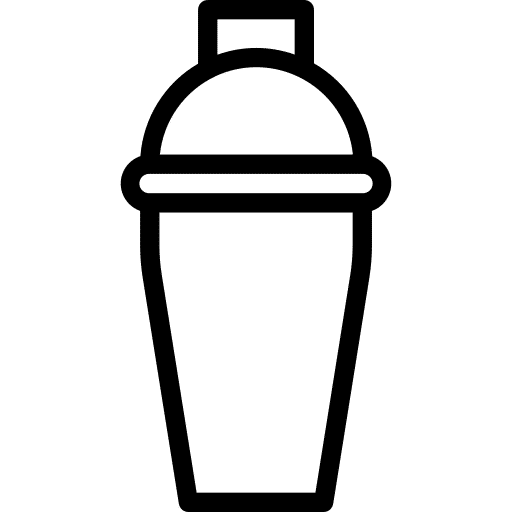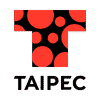PP vs PETG Cups

Polypropylene (PP) vs PETG Cups. What's the difference and why does it matter?
As an ethical consumer, which we should all try to be, it is important to know not just what goes in your food and drink, but what your food and drink goes in! You may be asking yourself questions like “what is a plastic boba cup made of?” and “is a bubble tea cup recyclable?”. We previously covered the changes to plastic straw law, bamboo straws and recyclable boba tea cups, now we take a look at the material in plastic cups.
Bubble tea is famously served in cute transparent cups to display their vibrant colours and textures. However, the details of the materials used to make these cups is not common knowledge. It is important to recognise the impact that materials have on the environment in order to make more informed choices, especially as a shop owner and bubble tea fan.
Polypropylene vs PETG Cups
Polypropylene
Thermoplastics such as Polypropylene (PP) are created by combining many propylene monomers. This means that the material softens as it’s heated, allowing it to be easily recycled. It’s widely used because it is readily available, inexpensive, and has good mechanical properties.
PETG
Polyethylene terephthalate glycol (PETG) is also a thermoplastic, created by combining two monomers with glycol. It has similar properties to PP but is generally the weaker of the two plastics.
Bubble Tea Cups
The plastic cups and lids that are synonymous with bubble tea are most often made with PP or PETG. You can feel safe with the knowledge that both materials are food-safe, transparent, and recyclable. Although much is made of the environmental damage done by rampant plastic use, when recycled correctly both PP and PETG can be considered an eco-balance material.
And as an added bonus, customise your plastic boba cups with your company logo and advertise not only your brand, but the fact these recyclable boba tea cups need not be thrown away after use!
